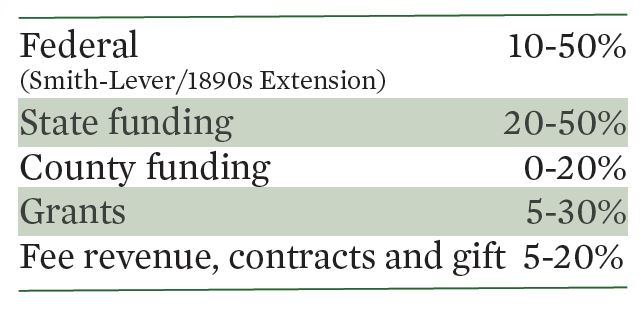
About the Cooperative Extension System
The Cooperative Extension System is the nationwide transformational education system operating through land-grant universities in partnership with federal, state, and local governments. The Cooperative Extension Section is the Directors and Administrators of 76 land-grant institutions in their collective dealings with other units of the APLU Commission on Food, Environment, and Renewable Resources (CFERR), the Board on Agriculture Assembly (BAA), federal agencies, organizations, and the public. The Extension Committee on Organization and Policy (ECOP) gives guidance to issues impacting Cooperative Extension and is the representative leadership and governing body of the Section and System. ECOP is headquartered at the APLU in Washington, D.C. Go to the ECOP landing page to learn more.
Facts About Cooperative Extension




Stay Connected
X (formerly Twitter)
Facebook
YouTube
LinkedIn
RSS